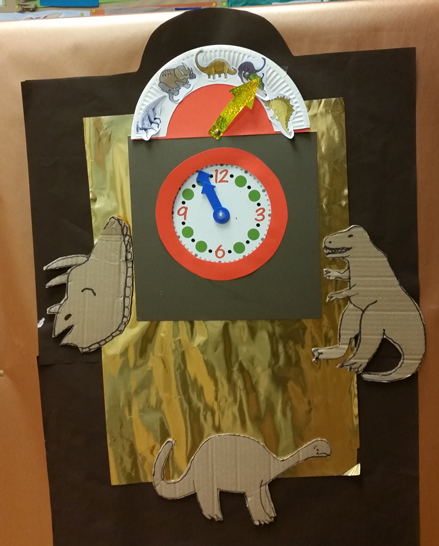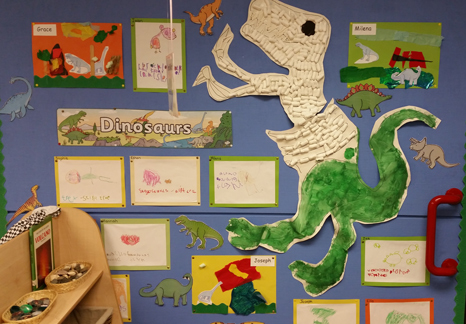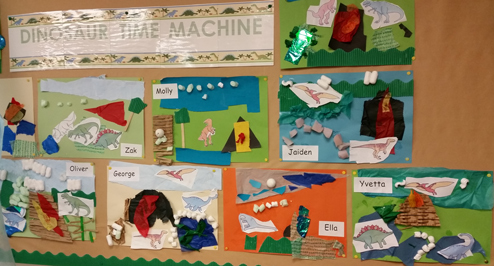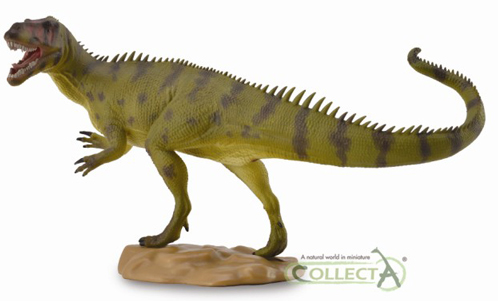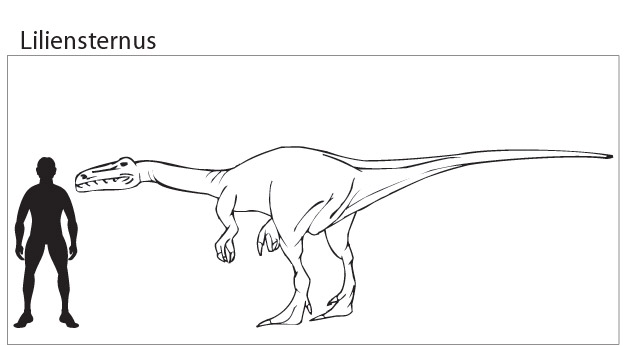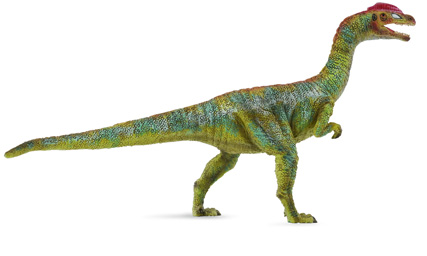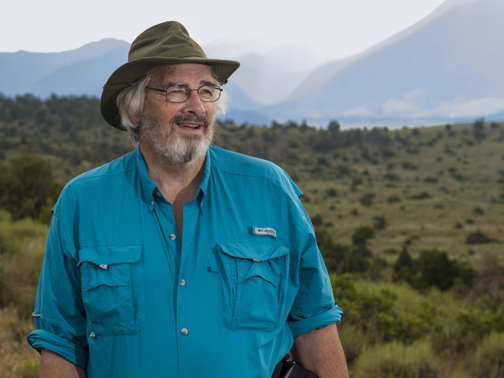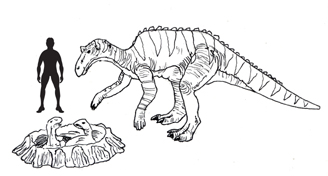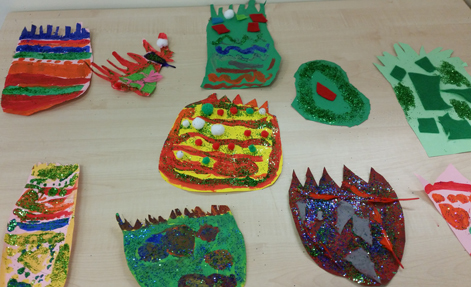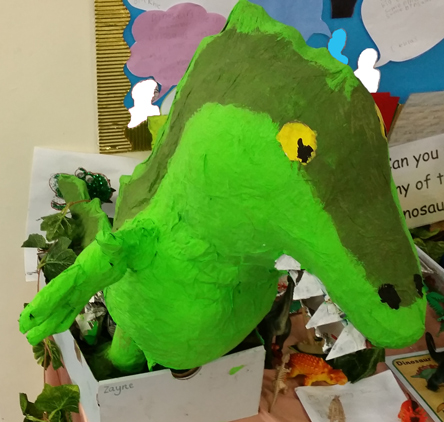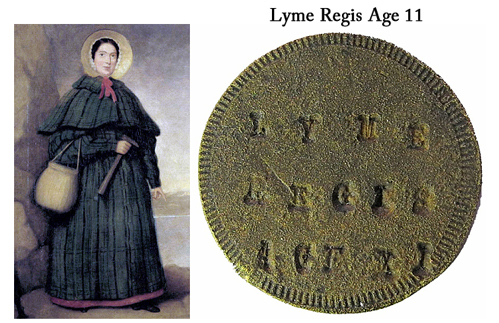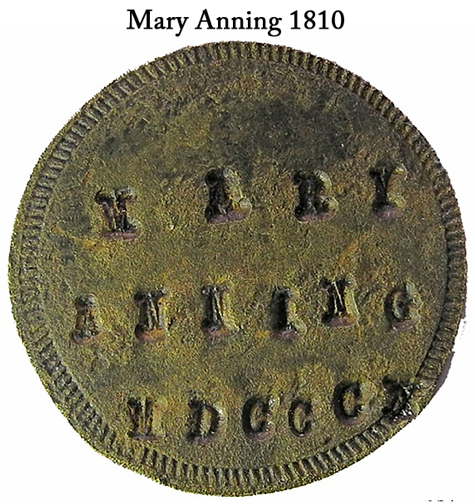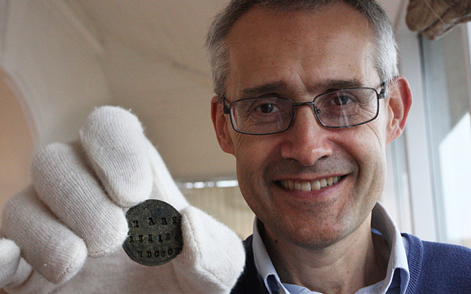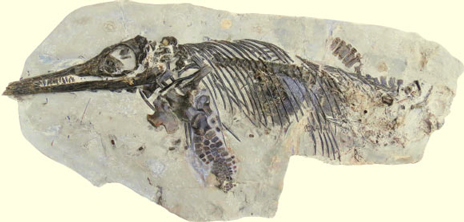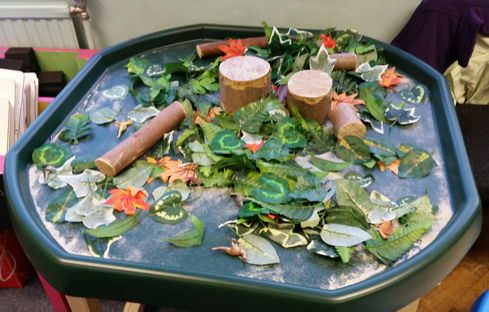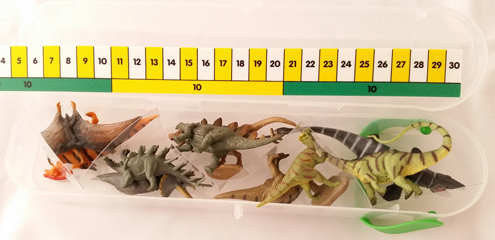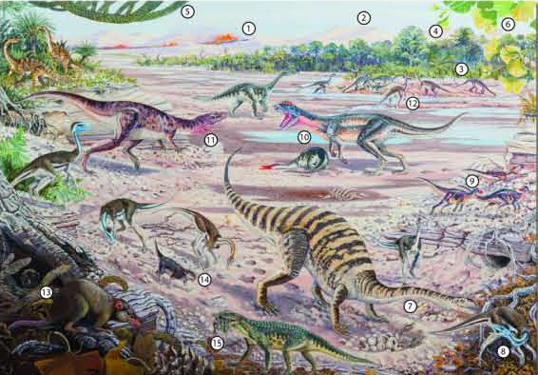New Dinosaur Species from Montana – Probrachylophosaurus
The hadrosaurs, commonly referred to as the “duck-billed” dinosaurs were a highly successful group of Cretaceous ornithischian dinosaurs that dominated the mega fauna of most of Asia, North America and Europe towards the end of the Mesozoic. Many different types of genera are known and there is a general consensus amongst palaeontologists in terms of the taxonomic relationships between most species.
However, even though these large herbivores were abundant and the fossil record of these animals as collected from famous formations such as Hell Creek, Dinosaur Provincial Park (North America), and the Jingangkou Formation of eastern China, is quite detailed when compared to other types of dinosaur, there is still a lot we don’t know about these animals.
The “Super Duck” Probrachylophosaurus
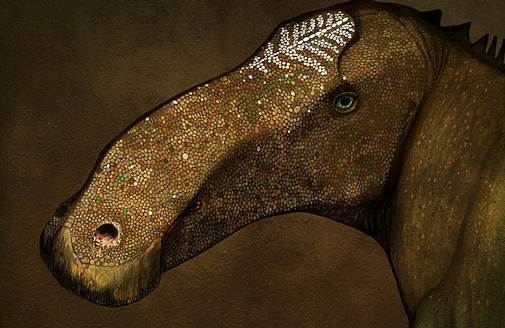
Talented artist John Conway was commissioned to produce this illustration for the press release.
Picture credit: John Conway
Probrachylophosaurus bergei
The publication of a paper announcing the discovery of a new “duck-billed” dinosaur, nick-named “super duck”, in the prestigious journal PLOS One, sheds new light on how one particular group of these prehistoric animals evolved over time.
The new dinosaur has been named Probrachylophosaurus bergei, it translates as “before short-crested lizard” in reference to the fact that this new genus was found in strata that was laid down earlier than the very closely related Brachylophosaurus canadensis. Indeed, in the paper written by Professor Elizabeth Freeman Fowler (Montana State University) in collaboration with her mentor and fellow Montana State University palaeontologist Jack Horner, the authors outline the anatomical similarities between these two members of the Brachylophosaurini clade that suggest that Probrachylophosaurus was ancestral to the later Brachylophosaurus.
A Dinosaur “Missing Link”
This newly named dinosaur could be regarded as a “missing link” neatly fitting in between a much older type of “duck-billed” dinosaur (Acristavus) and Brachylophosaurus. In addition, when all three skulls of these related dinosaurs are studied, they reveal an evolutionary link towards the development of evermore elaborate crests as display structures.
Tracing the Timeline Showing Evolutionary Transition in the Brachylophosaurini
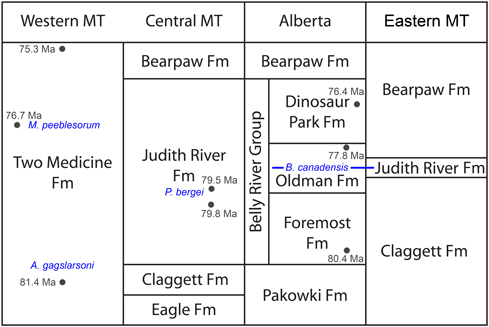
Mapping the evolutionary transitions that led to more elaborate crest development.
Picture credit: PLOS One
The diagram above shows the relative positions of fossil finds of dinosaurs that are grouped into the brachylophosaur clade (Brachylophosaurini). Acristavus gagslarsoni, from the lower portion of the Two Medicine Formation of western Montana lived around 81 million years ago. It had no nasal crest. Brachylophosaurus canadensis is known from Canada, the Oldman Formation of the Belly River Group, these fossils date to around 78 million years ago. B. canadensis had a flattened, almost paddle-shaped nasal crest which projected backwards over the skull roof.
The Brachylophosaurini
The very well known and more recent Maiasaura peeblesorum is also a member of the Brachylophosaurini. The fossils of Maiasaura are associated with the upper portions of the Two Medicine Formation of western Montana and it had quite a substantial bump on its snout, a much larger more striking crest.
Commenting on the significance of Probrachylophosaurus, Professor Freedman Fowler stated:
“The crest of Probrachylophosaurus is small and triangular and would have only poked up a little bit on the top of the head, above the eyes. Probrachylophosaurus is therefore exciting because its age – 79 million years ago – is between Acristavus and Brachylophosaurus, so we would predict that its skull and the crest would be intermediate between these species. And it is. It is a perfect example of evolution within a single lineage of dinosaurs over millions of years.”
Skull Comparisons between Probrachylophosaurus and the Later Brachylophosaurus
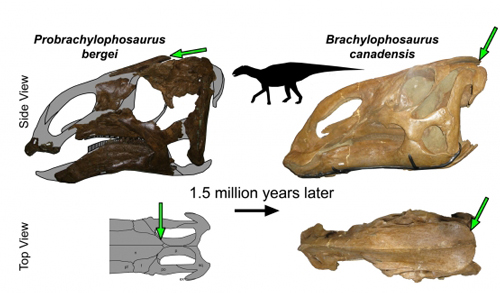
Skull comparisons between hadrosaurs.
Picture credit: PLOS One
The picture above compares some of the known cranial material from P. bergei with a crest of the later Brachylophosaurus canadensis (left lateral and dorsal views). The green arrow indicates the extension to the naris and other bone changes that led to the evolution of a more prominent and pronounced crest in Brachylophosaurus.
Professor Freedman Fowler with the Probrachylophosaurus Illustration and Cranial Fossil Casts
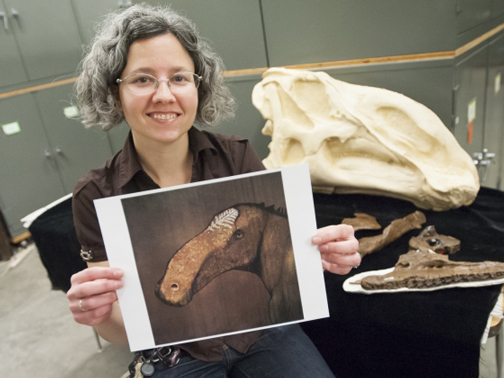
Professor Freedman with an illustration, and casts of the skull material.
Picture credit: PLOS One
Newest Member of the Duck-billed Dinosaurs
This newest member of the “duck-billed” dinosaurs was nick-named “super duck” after it emerged although not fully grown, this dinosaur would have measured close to ten metres in length. Body mass estimates suggest an adult weight in excess of five tonnes. The fossils, including substantial post-cranial material were discovered in 2007, near to the town of Rudyard in north central Montana. The species name honours Sam Berge one of the landowners who allowed access to the site to excavate the exposed fossils.
A nearby dig site revealed a fragmentary juvenile of the transitional Probrachylophosaurus, which suggests that successive generations of the Brachylophosaurus lineage grew larger crests by changing the timing or pace of crest development during growth into adulthood. This change in the timing or rate of development is called heterochrony, a process which is being increasingly recognised as a major driving force in evolution.
Heterochrony
Explaining the importance of heterochrony and how fossils of juvenile dinosaurs can assist scientists in piecing together evidence regarding change in populations, the professor said:
“Heterochrony is key to understanding how evolution actually occurs in these dinosaurs, but to study heterochrony we need large collections of dinosaurs with multiple growth stages, and a really precise time framework for the rock formations that we collect them from.”
The well-documented and accurately dated Campanian-Maastrichtian faunal stages as mapped out in the exposed Upper Cretaceous strata of North America provide palaeontologists with an opportunity to map heterochroneous relationships between animals of different ages but of the same species. These in turn can permit the analysis of how these changes influenced the macro-evolution of the entire lineage.
An Illustration of the Closely Related (But Later) Brachylophosaurus
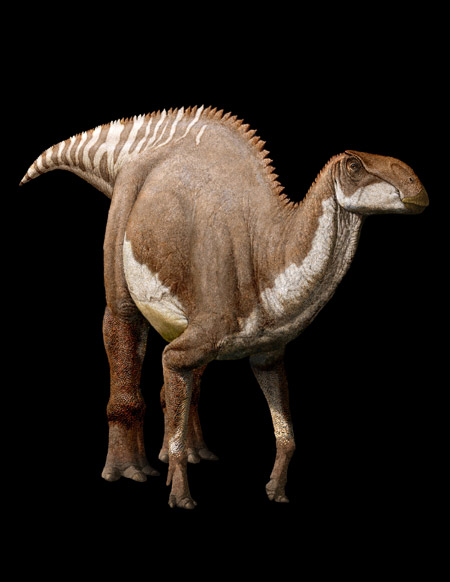
Brachylophosaurus illustrated.
Picture credit: Houston Museum of Natural Science
PNSO have introduced a range of replicas of hadrosaurs and other ornithischian dinosaurs. To view this range: PNSO Age of Dinosaurs.
